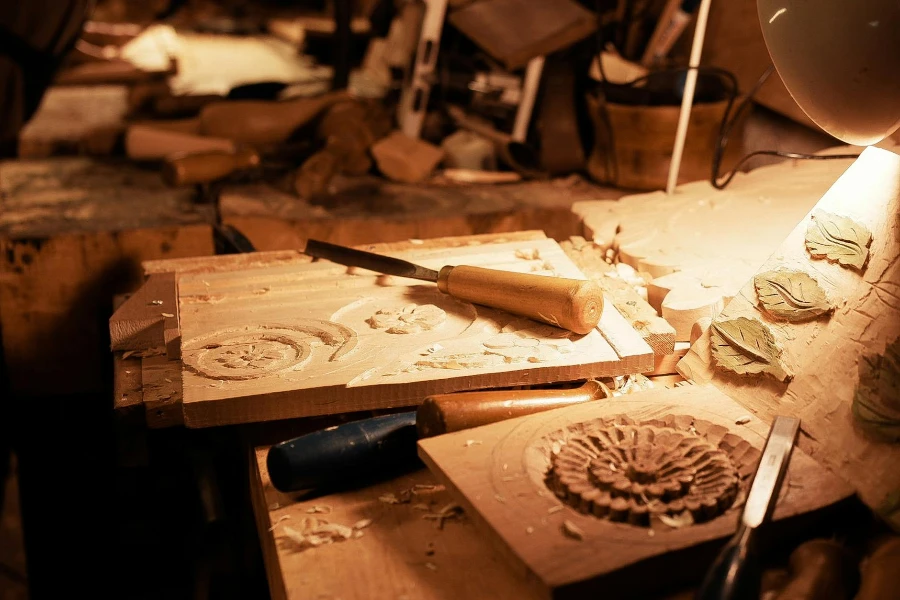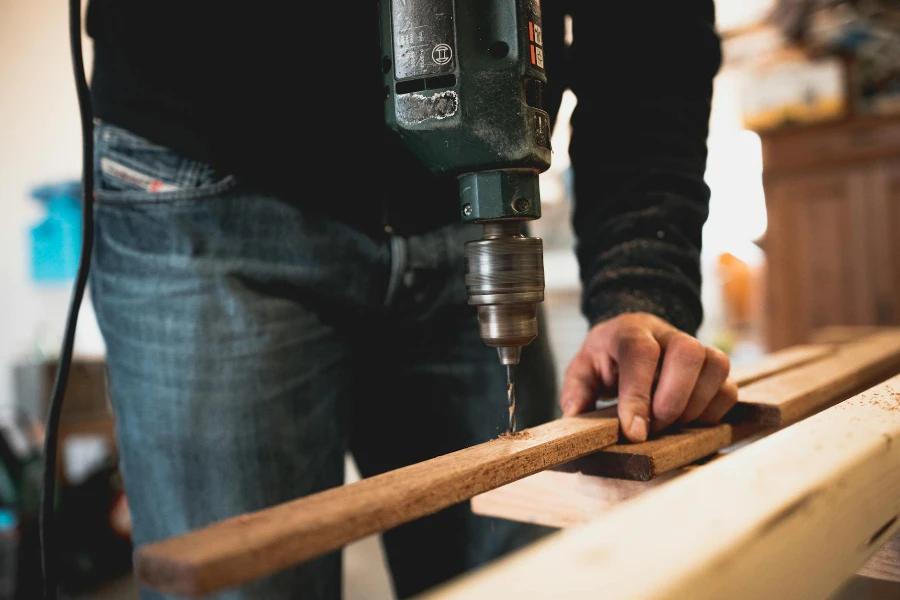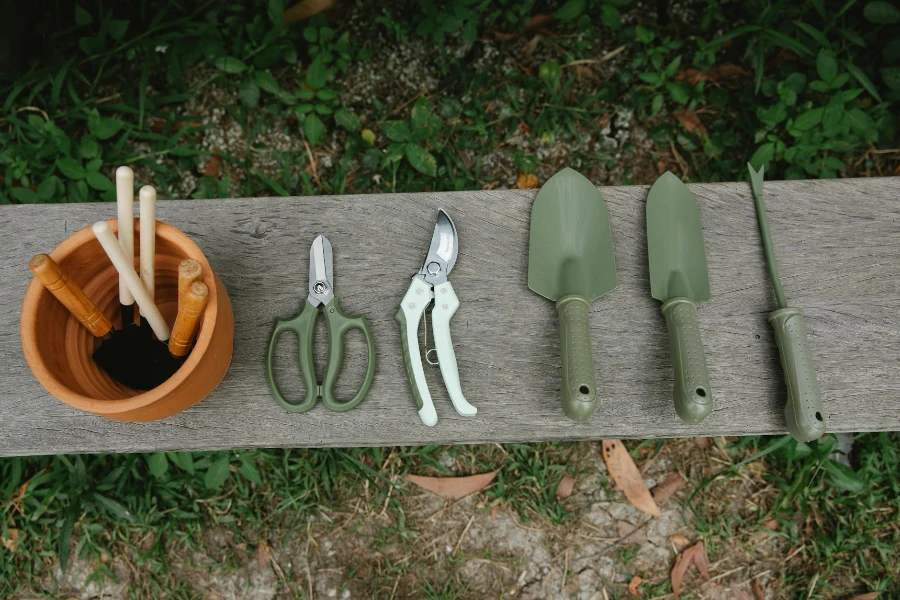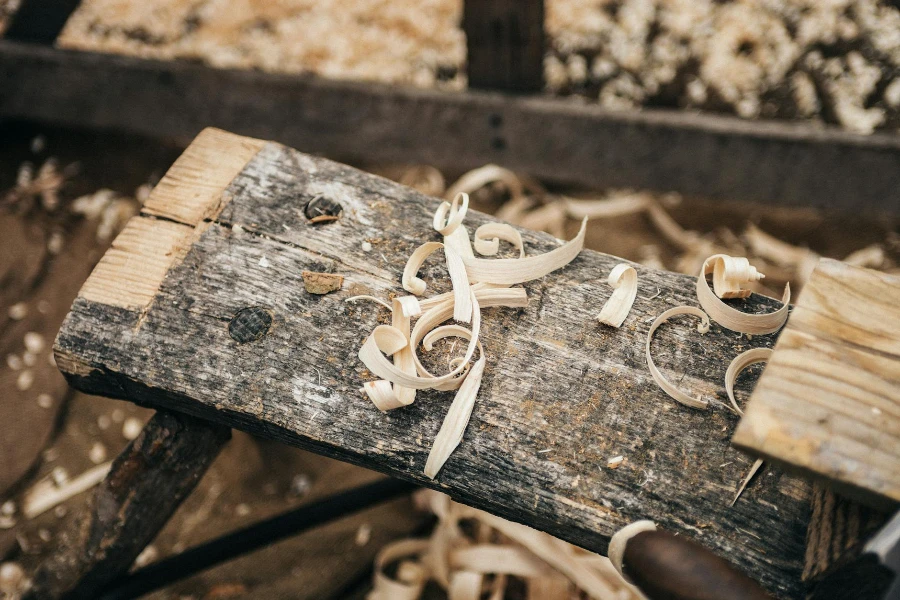Woodworking benches are more than just a surface to work on; they are the cornerstone of any woodshop, offering precision, stability, and versatility. This article explores the intricacies of woodworking benches, guiding you through their operation, usage, and the best models on the market. Whether you’re a seasoned woodworker or just starting out, understanding the value of a quality woodworking bench is crucial to mastering your craft.
Table of Contents:
– What is a woodworking bench?
– How do woodworking benches work?
– How to use a woodworking bench
– How much does a woodworking bench cost?
– Top woodworking benches
What is a woodworking bench?

A woodworking bench is not just any table. It’s a specialized tool designed to support various woodworking tasks such as sawing, chiseling, and planing. Characterized by its sturdy construction, typically made from hard, durable wood like maple or beech, it’s built to withstand the rigors of woodworking. The surface is flat and often includes features like bench dogs, tool wells, and vices, which aid in securing workpieces for intricate operations.
The design of a woodworking bench integrates functionality and ergonomics, aiming to provide a comfortable and efficient workspace. The height of the bench is crucial; it must be tailored to the woodworker’s stature to prevent strain during long hours of work. Additionally, its surface is frequently treated or coated to resist moisture and wear, ensuring longevity and reliability.
How do woodworking benches work?

Woodworking benches work by providing a stable and secure platform for woodworkers to perform various tasks. The key components that contribute to their functionality include the vice, bench dogs, and holdfasts. Vices, mounted on the side or front of the bench, are adjustable clamps that hold workpieces in place. Bench dogs, which can be round or square pegs fitting into holes on the benchtop, work in tandem with the vice to secure pieces of varying sizes.
The versatility of a woodworking bench lies in its ability to adapt to different tasks. For example, the tail vice combined with bench dogs allows for secure end-grain work, while a shoulder vice facilitates edge work without obstructing the surface. The bench’s design also accommodates the use of power tools and hand tools alike, making it a comprehensive workstation for all woodworking needs.
How to use a woodworking bench

Using a woodworking bench effectively requires familiarity with its components and their respective functions. Begin by adjusting the height of the bench if possible to match your ergonomic needs. Secure your workpiece using the vice, ensuring it’s tight enough to prevent movement but not so tight as to damage the wood. Utilize bench dogs and holdfasts for additional stability, especially for irregularly shaped pieces.
When planning or sawing, leverage the bench’s surface for support, using push blocks or sticks for safety with power tools. Remember, the woodworking bench is not just for cutting; it’s an ideal surface for assembly, gluing, and finishing. Keep the bench clean and free of debris to maintain a flat surface, and regularly check for any wear or damage that could affect its precision.
How much does a woodworking bench cost?

The cost of a woodworking bench varies widely based on size, materials, and features. Basic models can start from as little as $200, offering a solid starting point for beginners. Mid-range benches, which provide a balance of quality and affordability, can cost between $500 and $1,000. These typically include additional features like more robust vices and storage options.
For serious woodworkers, high-end benches can exceed $2,000, reflecting premium materials, craftsmanship, and advanced features such as integrated tool storage, adjustable heights, and superior vises. While the initial investment may seem significant, the durability and functionality of a high-quality woodworking bench can greatly enhance the efficiency and enjoyment of woodworking projects.
Top woodworking benches

When it comes to selecting the top woodworking benches, consider your specific needs and budget. For beginners, the Grizzly Industrial G9912 – Solid Maple Workbench offers a great balance of quality and affordability. Its solid construction and traditional design make it a durable choice for starting woodworkers.
Intermediate and advanced woodworkers might look towards the Sjobergs Elite 2000 Workbench. Known for its exceptional durability and versatility, it features a double row of bench dog holes and a robust vice system, accommodating a wide range of projects.
For those seeking the pinnacle of woodworking benches, the Lie-Nielsen Workbench is a masterpiece of craftsmanship. Made from hard maple, it’s designed to last a lifetime, with a large work surface and versatile clamping options that cater to the most demanding tasks.
Conclusion:
Woodworking benches are indispensable tools for anyone serious about woodworking. They provide a stable, versatile platform that can significantly improve the quality and enjoyment of your projects. Whether you’re a hobbyist or a professional, investing in the right woodworking bench can transform your workspace and your work. Consider your needs, space, and budget to choose the bench that will best support your journey in woodworking.




